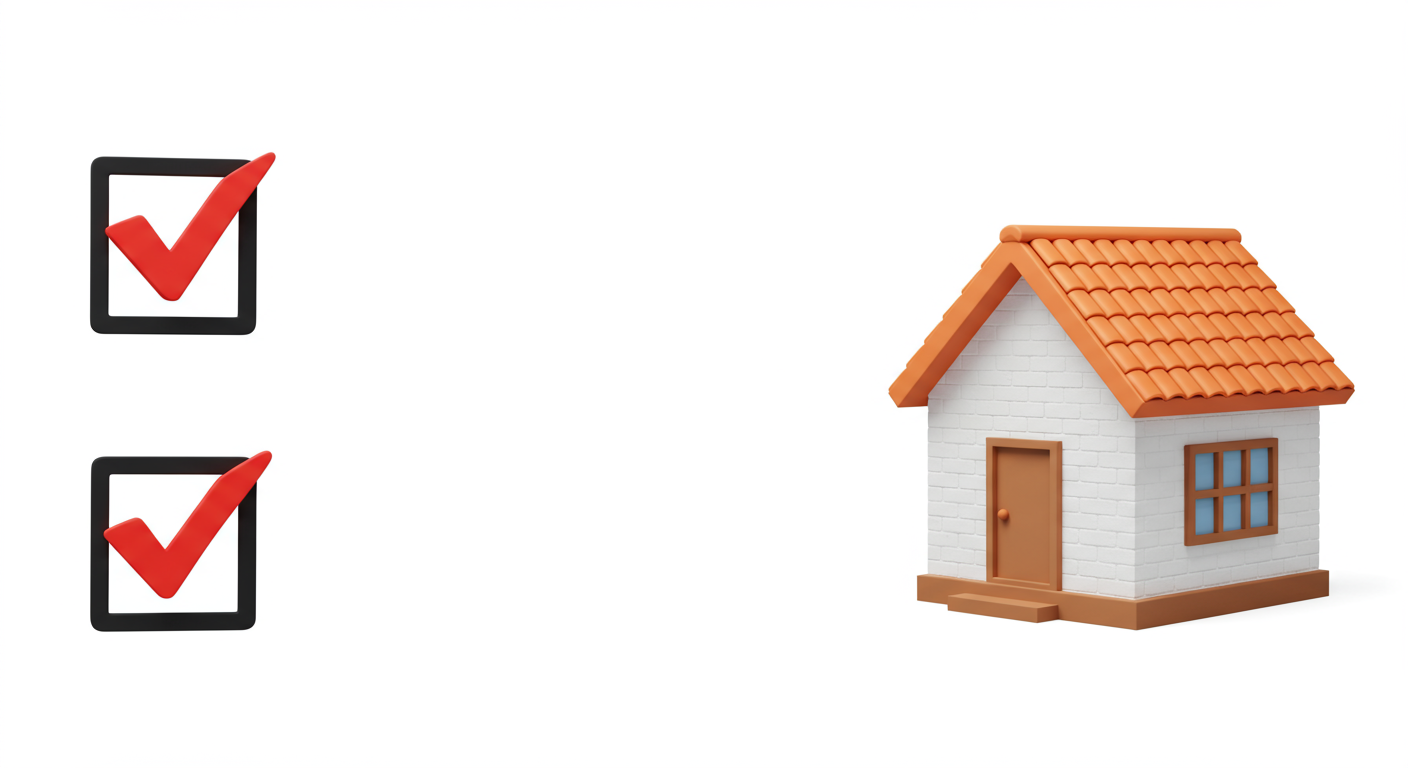
Amy and Brad instantly fell in love with the two-story home with a brick patio and a spacious backyard. Excited, they quickly made an offer and then started searching for lenders. But reality hit hard—they couldn’t qualify for the home. Their dream house slipped through their fingers, and nothing else in their price range even came close. If only they had secured financing before falling in love with a property.
One of the best ways to avoid this kind of heartbreak is by getting pre-approved—a crucial step that means actually applying for a loan before house hunting. During pre-approval, a loan officer compiles a credit package, including a loan application, credit report, income and asset details, and other supporting documents. This package is then submitted to lenders, who underwrite the file and determine whether to grant approval.
Pre-approved buyers have a major advantage over those who are only pre-qualified. Pre-qualification is merely a lender’s informal opinion that you might qualify for a loan—it’s not a commitment. No official verifications are made, so it’s essentially just an estimate. These days, almost anyone can achieve pre-qualification status.
Pre-approval, however, is a different story. It means a lender has thoroughly reviewed your financials and given an official green light. In competitive markets, that distinction can make all the difference.
What is Pre-Qualified?
Pre-qualification is the first step in the mortgage process. It’s a quick and informal way to get an estimate of how much you might be able to borrow. It usually involves answering a few basic questions about your income, debts, and assets—without a deep dive into your financial history.
Pre-qualification is similar to checking your credit limit before making a big purchase. It gives you a rough idea but doesn't guarantee anything.
How It Works:
- You provide a lender with general financial details (income, savings, debts).
- The lender gives you an estimate of how much you could borrow.
- No credit check or detailed financial verification is required.
- It’s a quick process—often done online or over the phone.
What It Doesn’t Do:
- It does not guarantee you’ll get a loan.
- It doesn’t require proof of income, assets, or employment.
To give you a better idea of what pre-qualification is, let's have an example. Sarah is casually browsing homes and wants to know what price range she should focus on. She contacts a lender and provides details about her salary, savings, and debt. Within minutes, the lender estimates that she could qualify for a $350,000 mortgage. However, since no documents were verified, she won’t know for sure until she gets pre-approved.
What is Pre-Approval?
Pre-approval is a much more detailed and formal step in the home-buying process. It means a lender has reviewed your financial documents, checked your credit, and conditionally approved you for a specific loan amount. Pre-approval gives sellers confidence that you’re a serious buyer.
Pre-approval is like having a boarding pass at the airport—it shows you’ve been cleared to fly, while pre-qualification is like checking flight prices.
How It Works:
- You submit financial documents (pay stubs, tax returns, credit history, bank statements).
- The lender reviews your credit and financial background.
- If everything checks out, they issue a pre-approval letter stating how much they’re willing to lend.
- The loan is not final, but you’re one step closer to securing it.
What It Doesn’t Do:
- It’s not a guarantee—you still need to go through underwriting before closing.
- If your financial situation changes (new debt, job loss, etc.), your loan terms could change.
Let's take this case as an example. Jake is serious about buying a home and wants to make a competitive offer. He applies for pre-approval, submits his financial documents, and has his credit checked. His lender approves him for a $400,000 mortgage and provides a pre-approval letter. Now, when he finds a house he loves, sellers will take his offer more seriously because they know he has already secured financing.
Key Similarities and Differences
When it comes to pre-qualification and pre-approval, both are steps in the mortgage process, but they serve different purposes. Understanding their similarities and differences can help you navigate the home-buying journey with confidence.
Similarities:
- Both help buyers understand their potential loan amount.
- Both involve reviewing financial information (income, assets, debts).
- Neither guarantees a mortgage loan approval.
Differences
| Feature | Pre-Qualification | Pre-Approval |
|---|---|---|
| Purpose | Estimates how much you might qualify for | Confirms how much a lender is willing to loan |
| Depth of Review | Based on self-reported financial info | Requires proof of income, credit check, and financial verification |
| Time Required | Quick – can be done online or over the phone | More detailed – takes a few days to process |
| Commitment Level | Informal – not binding for lender or buyer | Stronger commitment – shows sellers you’re a serious buyer |
| Impact on Buying Process | Gives a general idea of budget | Makes your offer more competitive in the market |
If you’re just starting to explore, pre-qualification is a good first step. But if you’re ready to make offers, pre-approval is a must.
Some FAQs
Here are answers to some of the most common questions about pre-qualification and pre-approval:
- Do I need pre-qualification before getting pre-approved? No, pre-qualification is optional. You can go straight to pre-approval if you’re serious about buying.
- Does pre-approval mean I’ll get the loan? Not necessarily. While pre-approval is a strong indicator, your final loan approval depends on factors like the home appraisal, underwriting review, and your financial stability before closing.
- Will getting pre-qualified or pre-approved hurt my credit score? Pre-qualification usually doesn’t affect your credit score since it’s based on self-reported info. Pre-approval involves a hard credit check, which may slightly lower your score, but it’s a normal part of the mortgage process.
- How long does pre-approval last? Most pre-approvals are valid for 60–90 days. If it expires, you may need to provide updated financial documents to renew it.
- Can I be denied a loan after pre-approval? Yes. If your financial situation changes (such as losing a job, taking on new debt, or missing payments), your final mortgage approval could be at risk.
- Which one do sellers prefer? Sellers prefer buyers who are pre-approved because it shows they have already secured financing. In a competitive market, pre-approval can give you an edge over other buyers.
-----
Navigating the home-buying process can be overwhelming, but understanding the difference between pre-qualification and pre-approval can help you move forward with confidence. While pre-qualification provides a rough estimate of what you might afford, pre-approval gives you a competitive edge by showing sellers and lenders that you’re financially prepared.
If you're ready to take the next step in securing your dream home, getting pre-approved is the smartest move. Need recommendations for trusted lenders in your area? contact me today!




